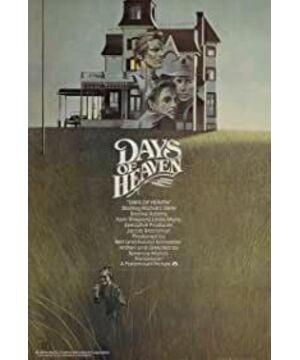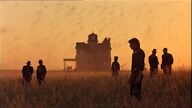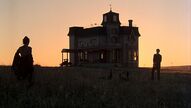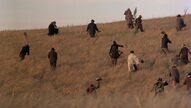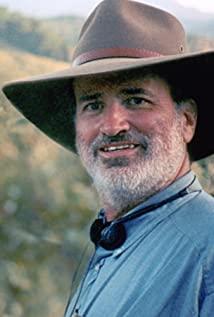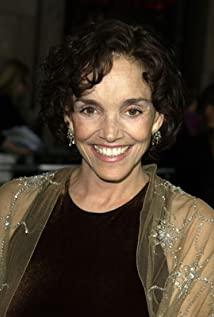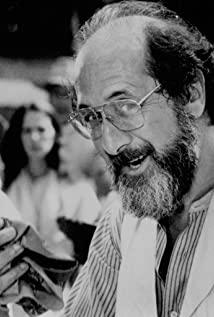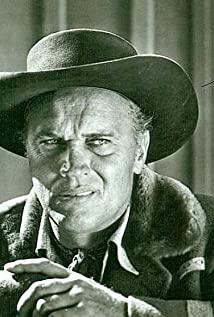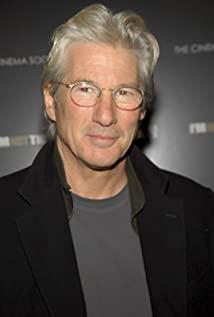Terrence Malick's shocking allegory of human weakness and depravity is written in simple, poetic terms. The actors are first-class, showing the moving part in the fragility of people's fate.
Photography is by Nestor Armandez, who won the Oscar for Best Cinematography for this film. The film is set in a lonely wheat field somewhere in Texas in the early 20th century. Malik wanted to make the scene look like Eden or Paradise Lost.
Armandez said the entire film was shot almost entirely during "magic hours." The term is used by photographers to describe dusk light, the light of the last hour before the sun goes down. At times like this, shadows are soft and elongated, light falls from the side rather than overhead, there is light around the edges, and the entire landscape is bathed in brilliance.
Of course it’s expensive and time consuming to shoot for just an hour a day, but photographers get the shots they want, whether it’s locusts munching on crops on the straw, or vistas in the setting sun. The images are lyrical and moving, and we all feel a pang of bitterness when the protagonist must leave the land of milk and honey.
View more about Days of Heaven reviews


